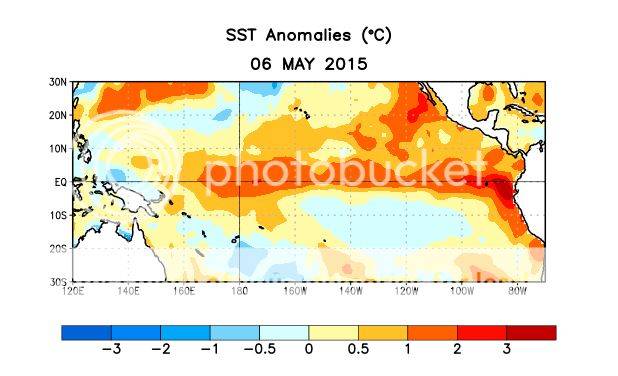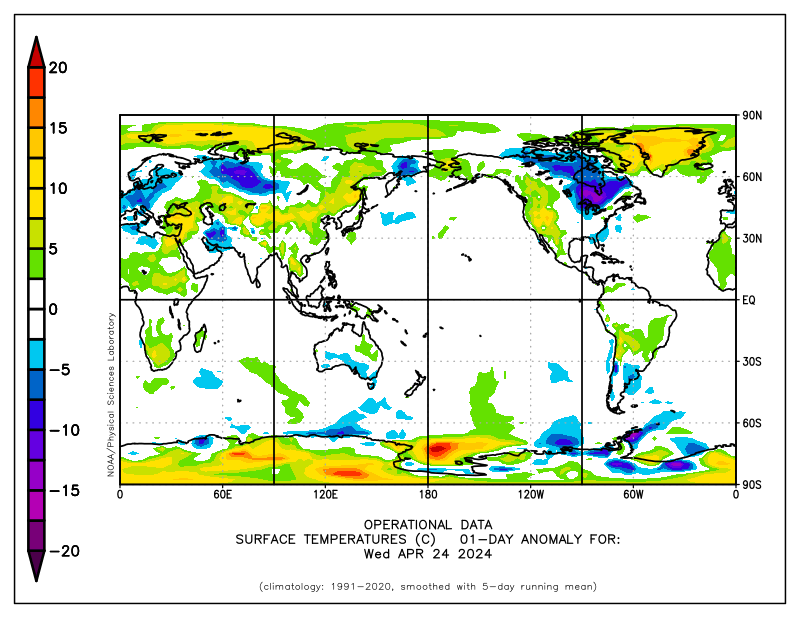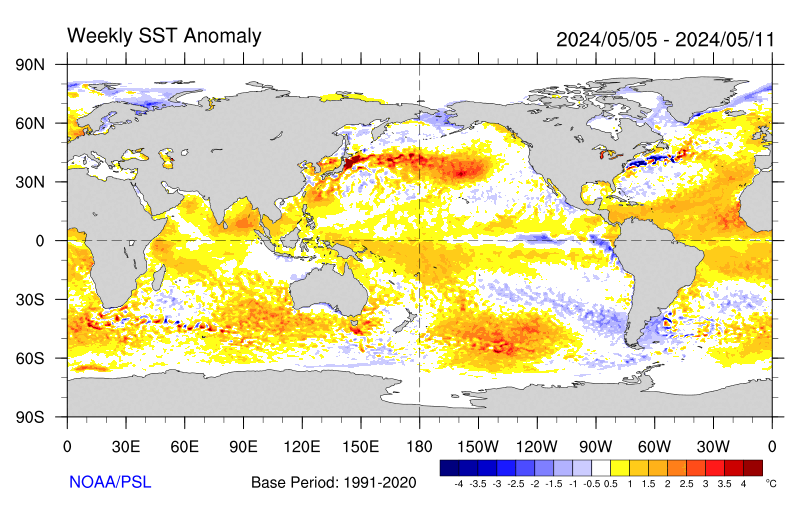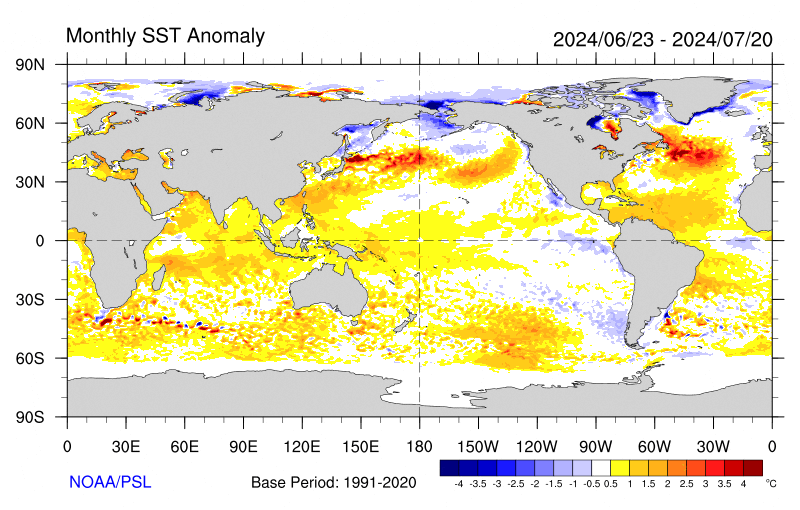- Dec 18, 2013
- 136,320
- 27,885
- 2,180
So he gave all of California water to texas. seems like the opposite. See Texas was in a drought as well. DOH!!!!!meaning California isn't worth it then!!So I guess California doesn't rate up there so many years?BTW, why can't super hero climate guy make it rain in California? Just saying
Too busy with the Texas takeover. Didn't you know? Huh.
Of course not. Too many resources tied up trying to put down those Texas two-steppers, don'tcha know.
Why would Obama flood California with his secret weather machine? Unlike Texas, California likes him. You didn't know? Huh.






